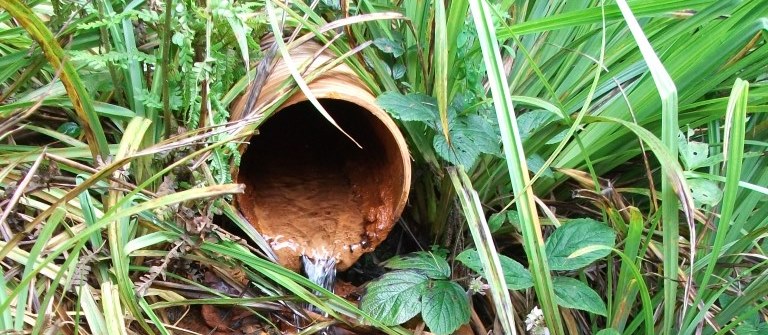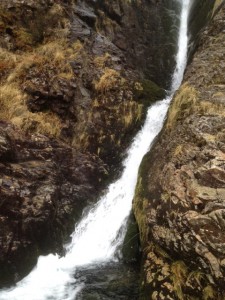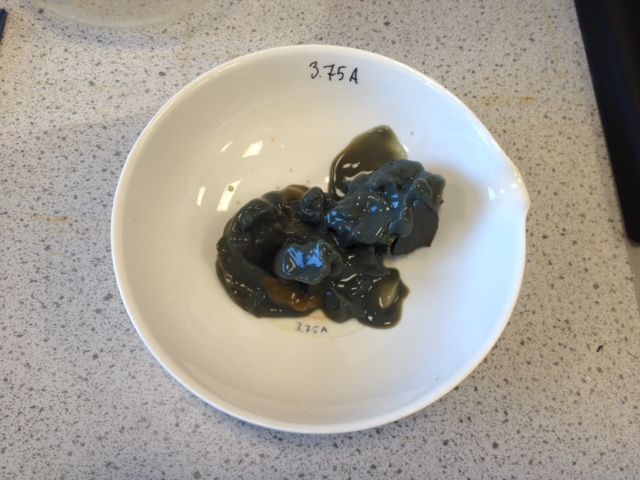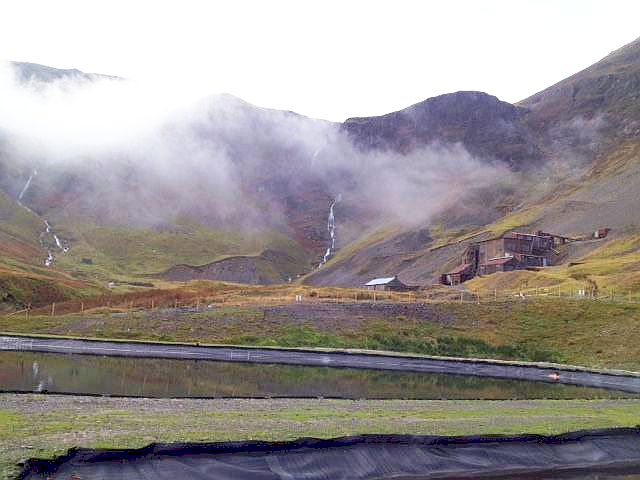After the most intellectually grueling 4 hours of my life, Dr Will Mayes and Prof. David Manning invited me back into the meeting room and were both standing with smiles on their faces. I had passed my PhD viva – with one month’s minor corrections!
My time at Newcastle has been an absolute delight and it was sad to say goodbye last Friday. There are many people who have helped me along the way, some of which have been acknowledged in my PhD thesis but also some which hadn’t – not least my examiners for taking the considerable time and effort out of their busy schedules to read and interrogate my thesis. But also the friends from the Devonshire Building who, at the drop of a hat, helped me celebrate such a memorable occasion – you know who you are.
Formal thesis acknowledgements:
Firstly, I must thank my first supervisor Dr Adam Jarvis for his generous support and patience during my time at Newcastle. Thanks are also extended to my secondary supervisors, all of whom have provided valuable assistance: Prof. Paul Younger, Dr Simon Reed, Dr Ian Watson and especially Dr Catherine Gandy. This PhD was largely funded by The Coal Authority, and I am indebted to the efforts of Tracey Davis, without which I would not have had the fortune of indulging in this research degree. My appreciation also extends to friends and colleagues at The Coal Authority for their assistance when faced with continued requests for information.
Over the last three years, I have spent many enjoyable hours both in the beautiful Lake District and in the immaculate laboratories of the Devonshire Building with Jane Davis and Patrick Orme. Their help and shared experience was invaluable to successful completion of this research. Additional assistance has been provided by other staff across the School of Civil Engineering and Geosciences, in particular Dr Angie Sherry for her help with the microbes. Thanks are also extended to Leon Kirk of Acumen Waste Ltd. and Hein Schade of Helix Projects Ltd. who provided insider knowledge of the waste and minerals industry. The information they provided was crucial in forming some of the economical calculations presented in this thesis.
Behind the scenes, my wonderful wife Claire has been a continued source of reassurance, inspiration, and above all, a fantastic companion. Thanks also for proof reading my Thesis, along with my old man. Dad, one day I’ll know where to put those punctuation marks!

 Cascading waters exist in both small watercourses and also flowing from the abandoned mine workings to the treatment system. In addition, the water flowing from the mine is typically stable in temperature year-round, despite changes in air temperatures. This might offer a means of providing space heating to visitor facilities – with the help of heat pumps coupled to a hydropower turbine – during the colder months.
Cascading waters exist in both small watercourses and also flowing from the abandoned mine workings to the treatment system. In addition, the water flowing from the mine is typically stable in temperature year-round, despite changes in air temperatures. This might offer a means of providing space heating to visitor facilities – with the help of heat pumps coupled to a hydropower turbine – during the colder months.
